Here is the part of my code to make the chart :

del_time = ATL %>%
group_by(arrivaltime) %>%
summarise(tot_flg = n(), tot_arrdelay = sum(arr_delay, na.rm = T),
prop_arrdelay = tot_arrdelay/tot_flg,
tot_depdelay = sum(dep_delay, na.rm = T),
prop_depdelay = tot_depdelay/tot_flg)
And from here, I am trying to plot the graph, but I am now sure how to do it. Since it is in the frame and I am choosing the specific column, I am a bit confused. I do not want NA value to be in my graph as well.
- plot graph arrivaltime vs. prop_arrdelay
- plot graph arrivaltime vs. tot_arrdelay and prop_arrdelay
- plot graph that each is the elements from the arrival time; morning, evening, night early which have x-axis tot_arrdelay and y-axis prop_arrdelay
How do you plot graphs that I want from here? Thank you!!